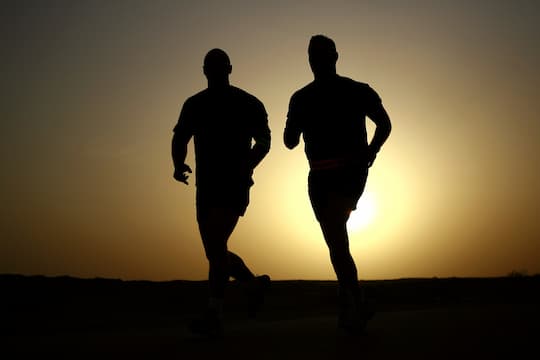The exercise that can reduce your blood pressure by 10 percent.
The most effective type of exercise for lowering blood pressure is a combination of endurance exercise, like running, with lifting weights, research finds.
When it comes to lowering high blood pressure, exercise is as useful as drugs.
There is good evidence that systolic blood pressure — which is the highest number of any blood pressure reading — can be lowered by exercise.
The higher systolic blood pressure, the greater the risk of a heart attack or stroke.
We can easily lower high blood pressure by combining endurance training like running, swimming, cycling, jogging or even walking with strength training such as using kettlebells, doing push-ups and working out with dumbbells.
Researchers compared 194 medication trials with 197 exercise intervention trials to see the impact of drugs or exercise on lowering systolic blood pressure.
After analysing these trials, they found that exercise lowered blood pressure as much as most drugs.
They also noticed that people with higher blood pressure were benefiting more from exercise.
Replacing exercise with drugs is challenging, but blood pressure can decrease up to 10% by doing regular physical activities such as fast walking.
Start with doing 150 minutes of moderate-intensity activity including gardening, dancing, walking briskly, mowing the lawn, playing tennis (doubles) throughout the week.
Symptoms of high blood pressure include a pounding in the chest, blood in the urine, and severe headaches.
More than 40% of adults in the US and many European countries are physically inactive.
About 30% of American adults suffer from high blood pressure.
Dr Huseyin Naci the lead author of the study, said:
“It’s one thing to recommend that physicians start prescribing exercise to their patients, but we also need to be cognisant of the resource implications and ensure that the patients that have been referred to exercise interventions can adhere to them and so really derive benefit.”
The study was published in the British Journal of Sports Medicine (Naci et al., 2018).

